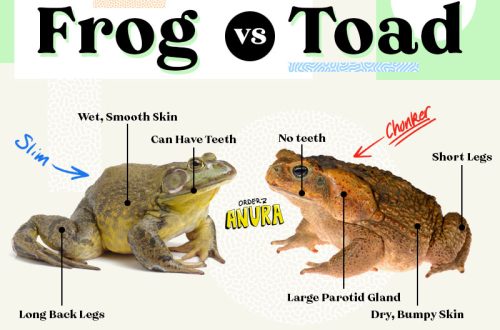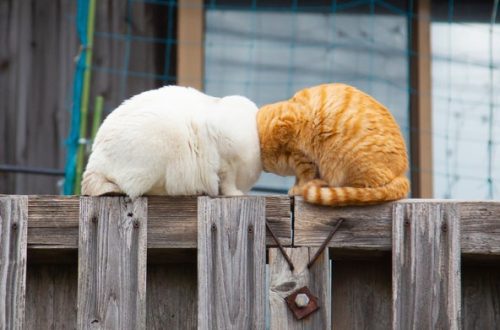The main indicators of Pavlovian chickens, their advantages and disadvantages
Modern farmers in their farmsteads, in addition to highly productive breeds, also keep a variety of decorative types of chickens. These birds will decorate any household with their bright appearance and will attract the attention of all the guests of the owner. Among the numerous decorative areas in poultry farming, a separate niche is occupied by unique chickens of the Pavlovskaya breed.
Contents
Where did the species come from?
Pavlovskaya breed of chickens considered to be the most ancient among the representatives of these poultry, which were bred in Russia. The history of the origin of chickens and their ancestors, which laid the foundation for this breed of chickens, unfortunately, has not been preserved. The main role in this was played by the negligent attitude towards bird breeders and their pets. Preference has always been given to selective foreign chickens. The Pavlovskaya breed of chickens was noticed and appreciated only at the end of the XNUMXth century, when these birds were on the verge of extinction.
The name of this chicken breed was given by the village of Pavlovo (Nizhny Novgorod province). This village was famous for many unique facts from history. For example, local craftsmen widely developed blacksmithing, and therefore Catherine II even allowed them to travel around the Empire and sell their products.
In addition to blacksmithing, the inhabitants were enthusiastically engaged in breeding chickens, oatmeal canaries, fighting geese and many other birds, which they brought from distant wanderings. It is believed that Pavlovsk chickens were also brought from their travels, and over time they have changed.
Somewhere in the 19th century, these chickens began to travel again to different countries. Them exported to England and Turkey, and the locals called this breed Sultan chickens. Although, according to recessive traits, scientists can safely say that this is precisely the Pavlovian breed of chickens. Simple Russian poultry farmers managed to get the original breed, which later became the standard of decorative chickens around the world.
Thanks to modern breeders, the Pavlovian chicken was returned to Russia.
Characteristics of the Pavlovian breed of chickens
At first glance, a bird of this species seems to be a small and fairly light chicken with a unique posture. The exotic appearance of the Pavlovian chicken is given by a crest in the form of a helmet, a horizontally set body and a large beard.
Pavlovsk rooster has a rounded head medium size. The helmet-shaped crest on the sides is quite wide, but its feathers do not cover its eyes, because they are directed upwards. The beak is small with a slightly hooked shape and comes in a variety of shades, ranging from light pink to black with a bluish tint. The nostrils of Pavlovian roosters are raised above the beak and are clearly visible. An underdeveloped comb of small size is located across the head in front of the crest.
Black or dark cherry eyes, small earlobes and earrings are hidden under chic feathers, and therefore are almost invisible. The puffy collar completely covers the slightly curved neck. The body of the Pavlovian breed of chickens is rather short, the back is narrowed closer to the tail, and the chest protrudes slightly forward. The tail is set vertically, and its braids are slightly curved. The plumage on the legs is slightly bent inward, forming a “hawk tuft”. The metatarsus are feathered in a circle with slate or gray-blue feathers.
Varieties of Pavlovian chickens are of two types: silver-spotted and golden-spotted:
- The Pavlovian breed of chickens of a golden hue is distinguished by ideally shaped black spots at the end of each brown feather. In accordance with the shape, the feathers of the back, neck, shoulders and crest have a V-shaped spot. The beard and sideburns are dyed black. The feathers of the first order (primaries) are golden brown inside and dark outside.
- The Pavlovian breed of a silvery shade has the same pattern on the feathers as the previous species. The main difference is only in the silver color.
The main disadvantages leading to the culling of poultry
- Detection of the fifth finger;
- Excessive plumage or its complete absence on the legs and metatarsus;
- Falling apart, rough and loose tuft;
- Lack of a beard or its non-standard sizes;
- Another color of the limbs;
- The presence of a foreign color in the plumage.
Advantages and disadvantages of the Pavlovsk breed
The undoubted advantages include:
- Quite large eggs;
- early maturity;
- Vitality;
- Well-developed instinct for incubation of eggs.
The disadvantages of this bird species are insignificant: low productivity and high cost, as well as the rarity of the breed.
Productivity characteristics
Pavlovsky chickens are part of the precocious direction of decorative poultry farming. The rooster is able to gain a live weight of up to 1,8 kg, and chicken – 1,4 kg. In a year, Pavlovian chickens are able to lay up to ninety eggs, which are distinguished by a dense white shell and weighing about 50 g.
Chickens of the Pavlovian breed are impeccable hens and are very caring towards their offspring. The hatched young survive just fine, which makes it possible to breed this bird even for poultry farmers without experience.
Maintenance and care
As a rule, the Pavlovian breed of chickens attracts attention with its unique appearance: bright plumage and an unusually beautiful crest distinguish it from other relatives. It is for these reasons that many summer residents try to have at least a few of these birds in their household. In addition to elegance, the Pavlovian breed is excellent when compared with other chickens.
It is very important that the Pavlovian breed of chickens able to withstand any frost due to its activity and rich plumage. Almost all day Pavlovsk chickens rush around the yard. In addition, this breed is not whimsical in feeding, so chickens feed on seeds, fallen berries and pasture.
Feeding rules
Pavlovskaya chicken does not require a special selection of diet, and therefore is able to extract insects from under the ground, which greatly simplifies and saves the cost of poultry farmers.
However, during the cold period of time, vitamins should be added to the diet of chickens in order to prevent infection and keep their livestock perfectly. In summer, the need for such top dressing disappears because green fodder is a substitute.
How to breed such a breed?
Considering that Pavlovian hens kept for decorative purposes, before acquiring a livestock, you should study its features.
During the revival of the breed in the 90s, the highest value of the family was recorded – two million dollars. Of course, today no one will tell you such a price, and therefore you can buy a reference bird for five hundred rubles.
Pavlovsk hens are very eager to breed, so the farmer is able to increase his farm to the desired number of livestock.
barn requirements
The room for this breed of chickens should not be very high (for a dozen birds there will be enough barn 3×3 metera). A height of two meters will allow the chickens not to freeze in winter, however, it is necessary to additionally insulate the building.
The floors can be equipped with wooden and adobe logs, because the bird will freeze from concrete. In addition, the floor should be covered with hay, sawdust or straw. Since the birds are small, they are not able to retain heat well, and therefore a heated room is ideal.
Of course, there should be a window in the chicken coop, as living creatures love light and air.
Arrangement of a chicken coop
The installation of the perch is made at a height of eighty centimeters, and so that the bird does not freeze, it should not be installed near the window.
Nests are nailed nearby or installed directly on the floor, and hay (straw) is necessarily lined inside. To prevent the bird from pecking at its own eggs, you can put oval-shaped white stones inside as a snag.





